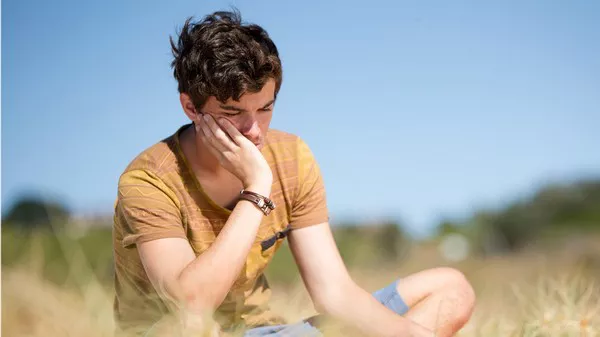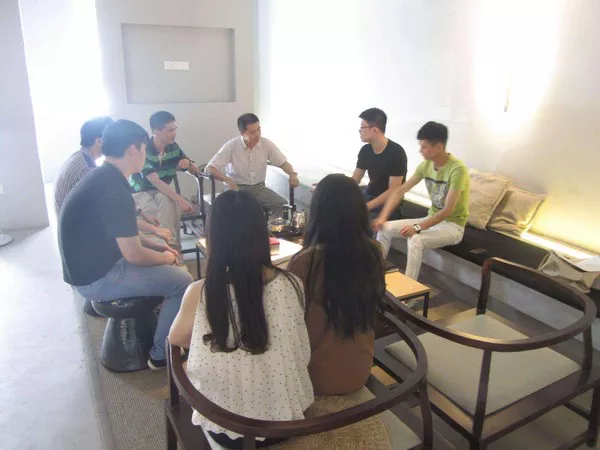SRINAGAR, India — At 22, Areeba has grown used to hiding a strip of blue pills inside her mathematics textbook before heading to university. “Half when I can’t sleep. One if I can’t walk,” she says flatly. “I don’t want to rely on them, but it’s the only way to get through the day.”
Areeba’s quiet reliance on sedatives reflects a deepening crisis in India’s northernmost region, where young Kashmiris are increasingly self-medicating to cope with mental health challenges. Decades of armed conflict, political instability, and a fraying health infrastructure have left a generation without adequate psychological support.
A System Under Strain
Despite national efforts to expand mental health care under India’s National Mental Health Mission, the Kashmir Valley remains severely underserved. In the absence of qualified psychiatrists, therapists, or even school counsellors, young people are turning to over-the-counter antidepressants, sedatives, and illicit narcotics.
These substances are often consumed without medical supervision, reflecting a broader collapse of mental health care access in the region.
The situation worsened in May, when tensions with Pakistan led to drone attacks and widespread blackouts. For many, the resulting panic was not only a physical threat, but a psychological one.
Panic in the Dark
Zubair Iqbal, a 20-year-old undergraduate from Sopore, remembers the night of May 9 vividly.
“I had packed for a flight to Delhi,” he recalls. “But with tensions rising, it was cancelled. Around 9 p.m., my mother told me we’d eat dinner during the blackout. Then I heard what sounded like a thousand thunderstrikes. My brother said it was just thunder, but I knew—it was a drone attack.”
Zubair collapsed. “My heart was racing. I thought I was dying.”
The next morning, he asked to see a doctor. His father refused, dismissing the episode and suggesting a visit to a local peer sahib, or faith healer, instead.
Desperate, Zubair searched online for the name of an antidepressant and purchased it from a local pharmacy without a prescription.
Trauma in Silence
Mental health professionals in Kashmir say Zubair’s story is far from unique.
“Symptoms of trauma have become normalized here,” says a Srinagar-based clinical psychologist, speaking on condition of anonymity. “With unemployment at crisis levels—female unemployment is 53.6%—and ongoing conflict, young people carry unacknowledged emotional burdens.”
She sees more than 100 patients a day, many of them adolescents. “Every second teenager reports anxiety or depression. They fear war, losing family income, or another school shutdown. But few seek therapy, because there’s almost nowhere to go.”
According to a 2015 survey by Médecins Sans Frontières (MSF), approximately 1.8 million adults in Kashmir—about 45% of the region’s population—show signs of significant mental distress. Nearly 20% exhibit symptoms of post-traumatic stress disorder. Depression is also widespread, affecting 41% of women and 26% of men.
Despite these numbers, mental health infrastructure remains scarce. In 2011, only 41 psychiatrists served the 12.5 million people in Jammu and Kashmir. Experts estimate that number has barely doubled since.
‘We Were Just Trying to Survive’
In border areas, access is even more limited. Kubra Aziz, 24, fled her home in Uri—just three kilometers from the Line of Control—during shelling in May. Her cousin, who suffers from mental illness, began hyperventilating during their escape.
“We stayed in a college for the night. She screamed the whole time,” Kubra recalls. “The next morning, the hospital psychiatrist was on leave.”
That’s common, she says. “Even when a doctor is present, they might see over a thousand patients a day. Misdiagnosis is routine.”
With no viable alternatives, many residents turn to pills, tobacco, or narcotics. “Most people use whatever numbs the brain—prescribed or not,” Kubra says.
For some, the only escape is to leave the Valley. Nadeem*, who moved to Saudi Arabia three years ago to escape drug addiction, says he relapsed upon returning home amid renewed violence.
“I’m trying to hold on,” he says. “But it’s hard. Everyone from age 10 to 40 is caught in addiction. Just look at the schoolkids.”
A 2022 report from Kashmir’s only government-run drug de-addiction center revealed a 2,660% increase in patients since 2016. Most were not recreational drug users but individuals self-medicating trauma.
Schools Without Counsellors
In many schools, mental health support is nonexistent.
“We don’t have a counsellor,” says Aman Bhat, a 17-year-old student in Budgam district. “If someone feels anxious or depressed, there’s no one to talk to.”
Even the language to describe mental suffering is limited. “We just say, ‘My heart feels heavy.’ That’s all.”
Bhat notes that in many rural areas, even basic medical care is missing. “We don’t have real hospitals like other parts of India. So what help can we expect for mental health?”
Learning from Gujarat
Mental health experts say Kashmir could benefit from community-based models like Gujarat’s Atmiyata program, launched in 2017 across 645 villages in Mehsana district.
Atmiyata—which means “shared compassion” in Marathi—trains volunteers known as Mitras to provide basic counselling and identify those in distress. These volunteers screen educational films on issues like unemployment and domestic violence and refer severe cases to government health programs.
The program also assists families in applying for social benefits, recognizing that poverty and mental health are often intertwined.
A Call for Urgent Reform
Dr. Sameena Qadri, a public health psychiatrist working in South Asia, says the recent violence in Kashmir underscores the need for a multifaceted mental health approach.
“Medication can offer temporary relief,” she says. “But without therapy, social support, and long-term care, we’re not addressing the root causes.”
Her call comes ahead of the UN High-Level Meeting on Non-Communicable Diseases and Mental Health, set for September 25. One of the proposed goals is to ensure 80% of public primary health care facilities have essential mental health resources by 2030.
“These are ambitious targets,” Qadri says. “But they must be tailored to realities in conflict zones like Kashmir, where the crisis is visible in pharmacies, classrooms, and homes.”
She advocates for mobile mental health clinics, school-based counselling, and the introduction of trained community volunteers to provide local support.
“These are not luxuries,” she emphasizes. “They are urgent necessities.”
‘Mental Health Is Dignity’
As the world talks of peace and development, Qadri believes mental health must be part of that conversation.
“We need global partnerships now—governments, NGOs, health organizations—working together to scale community care. People can’t wait for perfect systems. They need access now.”
Kubra agrees. “We always talk about peace,” she says. “But how can there be peace when people are breaking inside, and no one hears them?”
Until new models are implemented in Kashmir, many young people will continue to medicate their pain in silence—behind schoolbooks, under blackout curtains, and in the long shadows cast by a conflict that shows no signs of fading.
Related topics:
















